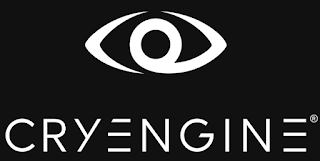Analyse genre characteristic
- Dragon ball has talking animals all over conton city
- They use KI to help them fly and shoot lasers out of their eyes
- this is set in the future with flying cars and hover boards
- they have gods and all kinds of creatures
- they can summon a magical dragon to grant 3 wishes
Analyse narrative structures
- The story in dragon ball xenoverse 2 is set in the far future in a place called conton city
- how the game starts is by going back in time to help alter the past so it goes back to its original time-line
- you are the main character but you also have to help someone called son-goku who is in every mission so he can be classed as the main character too
- they have to fight people from the past all over again but this time they have been powered up by some kind of dark energy making them harder to defeat and if you don't help out son-goku all of earth will be destroyed
- the characters as they go along the story-line get stronger and harder to defeat meaning the characters get defeated a little bit quicker
- if you defeat the powered up enemy you will set the time-line back to normal and save the past but if you do nothing happens but what you think happens is the past changes and everything you know will change
- you are a time warden meaning the whole impact if you don't change the past back to how it was you will most like change the whole of conton city and the future will be destroyed
Analyse representation of characters
- in dragon ball xenoverse 2 the main character is "you" who is a made up character that you decide to make and customise to your liking and the other characters are trunks leader of the time patrol and the supreme kai of time she's the one that will tell you about missions giving out help and so will trunks, another one is goku who will sometimes appear in almost every mission that you're on
- yourself, trunks and the supreme kai are all treated as good and very helpful to the universe goku on the other hand is represented as both good and bad in some missions he will be your friend and help you out in the mission but then sometimes he will also be your enemy in another story mission
- your character is the hero saving the day always there when people need you, trunks is the guy that is always the leader but he is never seen in the fight he's giving you plans and weaknesses, the supreme kai of time is always around watching seeing everything that is happen so she is more or less god seeing everything and finding strong people to help them out
My Article for Dragon Ball Xenoverse







